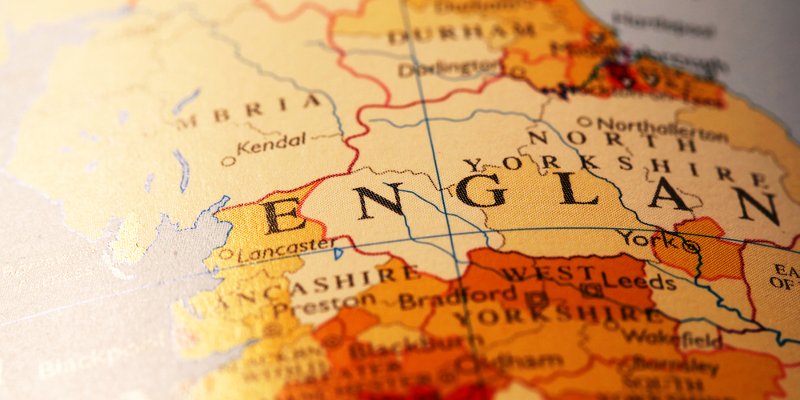Yorkshire and Humberside was the top performing region for the first time since 2005 in September, with the annual price growth picking up to 5.8%, the Nationwide House Price Index has found.

Yorkshire and Humberside was the top performing region for the first time since 2005 in September, with the annual price growth picking up to 5.8%, the Nationwide House Price Index has found.
In the region house prices now average at £160,263. Overall in the UK annual house price growth was steady at 2%.
Robert Gardner, Nationwide's chief economist, said: “Overall, UK house price growth remained broadly stable, but regional house price developments were more varied.
“Looking further ahead, much will depend on how broader economic conditions evolve, especially in the labour market, but also with respect to interest rates.
“Subdued economic activity and ongoing pressure on household budgets is likely to continue to exert a modest drag on housing market activity and house price growth this year, though borrowing costs are likely to remain low.
“Overall, we continue to expect house prices to rise by around 1% over the course of 2018.”
For the fifth quarter in a row London prices fell in annual terms, though the decline remained modest at just -0.7%. Prices in the capital are only c3% below the all-time high recorded in Q1 2017 and are still more than 50% above their 2007 levels.
Kevin Roberts, director, Legal & General Mortgage Club, said: “Modest house price growth is good news for many buyers, but for those looking to step onto the property ladder in London and the South East, the prospect of homeownership remains a distant reality.
“The obvious answer is to build more affordable homes. But it’s much more than that; it’s about thinking smarter too.
“Building on green belt land or relaxing planning regulations, for example, would help. With the Autumn Budget fast approaching, we hope to see the Chancellor commit to genuine change and reform, if the government is to remain true to its housing pledge.”
The Outer Metropolitan, London and North all saw small year-on-year price falls, with the North the weakest performing region with prices down 1.7% year-on-year.
The East Midlands continued to see relatively strong growth, with prices up 4.8% year-on-year.
Wales saw a slight softening in growth, with prices up 3.3% year-on-year. Price growth also slowed in Scotland, from 3.1% in Q2 to 2.1%. England was again the weakest performing nation, with prices up 1.4% year-on-year.
Northern Ireland saw annual price growth strengthen to 4.3%. Wales saw a slight softening in growth, with prices up 3.3% year-on-year.
Price growth also slowed in Scotland, from 3.1% in Q2 to 2.1% in Q3. England saw a 0.6% quarter-on-quarter rise in Q3, with average prices up 1.4% compared with a year ago. For the sixth successive quarter, price growth in Northern England exceeded that in Southern England.
While the North saw price falls, other regions such as Yorkshire and Humberside and the North West saw price growth accelerate, meaning that overall prices in Northern England were up 4.1% year-on-year.
Meanwhile, in Southern England both London and the Outer Metropolitan regions saw prices decline year-on-year, leading to overall price growth in the South slowing to just 0.3%.
However, looking at price levels, there is a still a significant gap, with average prices in the Southern England around twice those in Northern England.
Craig McKinlay, new business director, Kensington Mortgages, said: “Whilst growth may be slower than previous years, house prices are still creeping up annually.
“Fluctuations across the country are balancing out the overall shape of the market, yet many first-time buyers are still having to play catch up when attempting to step onto the property ladder.
“On the other end of the spectrum, the cost of stamp duty for last-time buyers is preventing those further down the ladder moving into suitable properties. Add both of these problems to the lack of new supply - and prices will only continue one way.”



